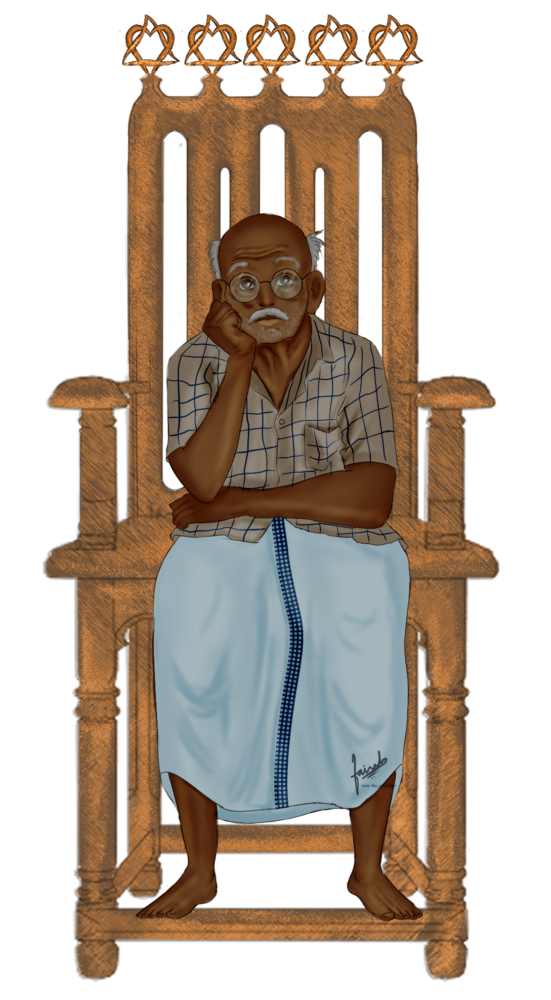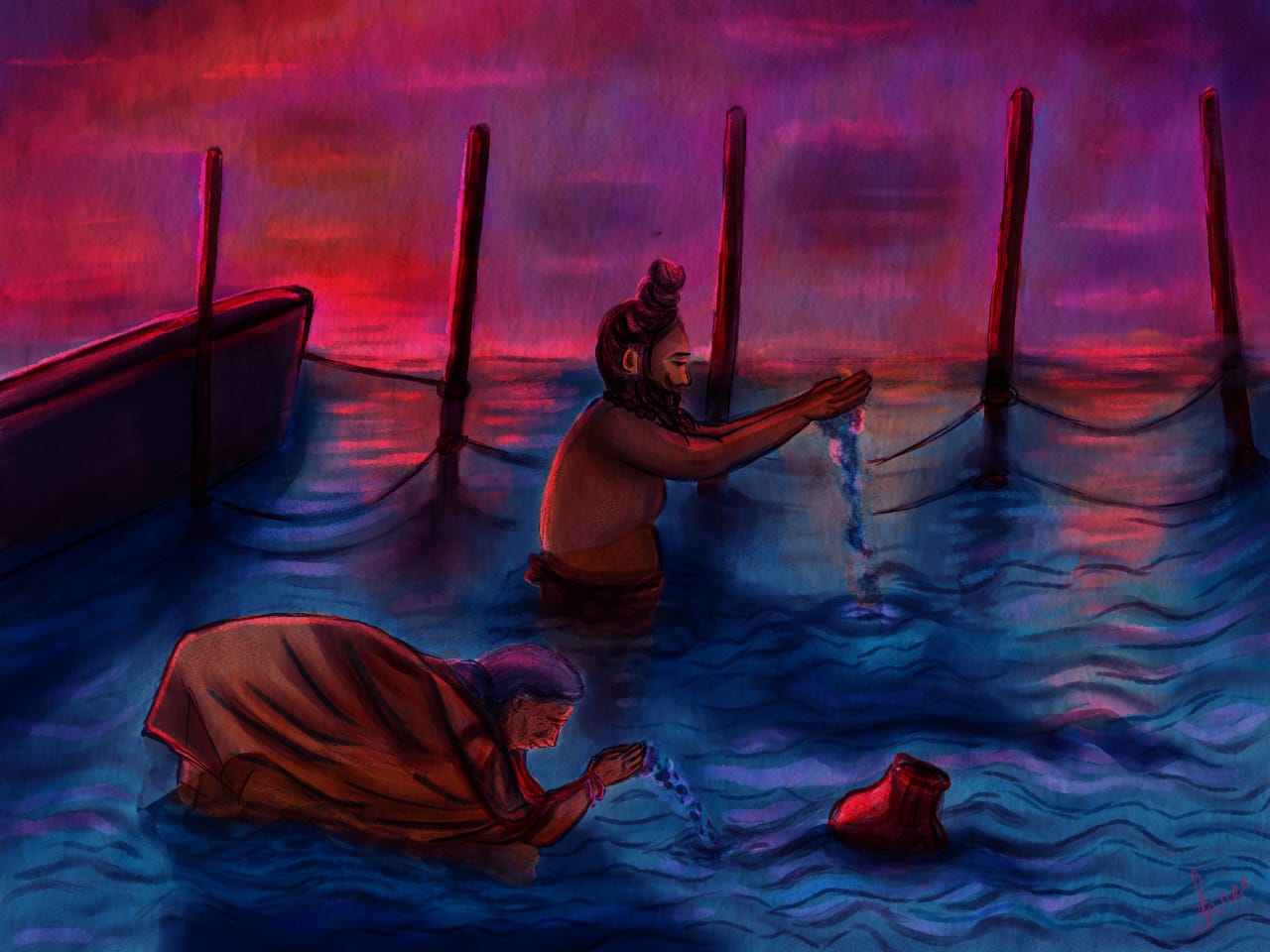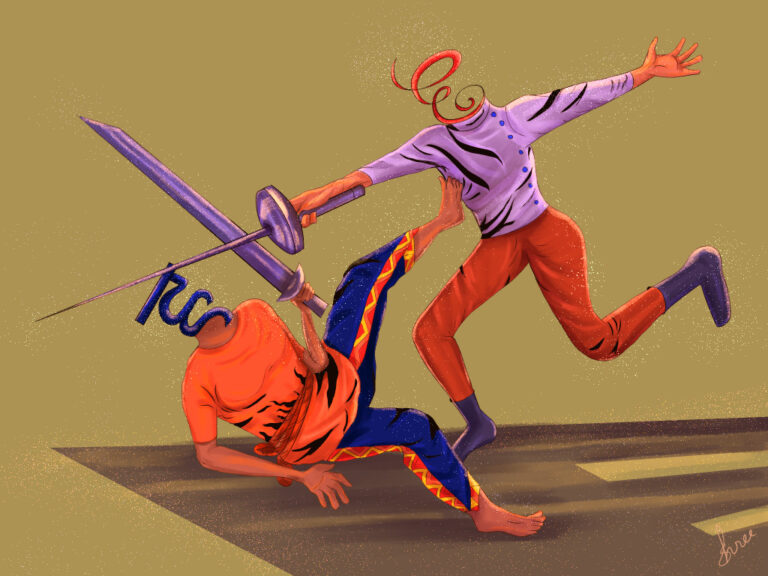Maha Kumbh: The confluence of people
Nirupama Tiwari is a Political Science postgraduate with a deep interest in geopolitics and contemporary Indian politics. She is passionate about analysing how political shifts influence both domestic and international landscapes. Alongside her academic pursuits, Nirupama enjoys sharing thoughtful reviews on books and movies, merging her love for storytelling with a critical lens shaped by political insight.
The literal word of “Kumbh” is pitcher. According to Hindu mythology a drop of Amrit or immortality was dropped here in Prayagraj hence making it a pious site of pilgrimage. The Kumbh Mela is determined by specific Sun and Moon configurations along with Jupiter’s 12- year cycle. The Kumbh occurs in Prayagraj when Jupiter is in Taurus and both the Sun and Moon are in Capricorn. This year’s Kumbh Mela marks the completion of 144 years of the Maha Kumbh Mela which is held every 12 years. The last of this event was held in 1881 in Prayagraj.
In addition to the Maha Kumbh, Prayagraj hosts the annual Magh Mela in the month of Magh (January/February), serving as a smaller yet spiritually potent event. Taking a dip in the holy Sangam (confluence of Ganga and Yamuna and the mythical river Saraswati) is a means to attain moksha, that is, liberation from the cycles of rebirth. A key practice during the Magh Mela is the practice of Kalpvas. Hundreds of thousands of devotees perform Kalpvas during the Magh mela. Kalpvas literally means living by the Sangam for a fixed time, typically from Pausha Purnima to Magh Purnima, which is nearly a duration of 30 days. Completing 12 years of Kalpvas during Maha Kumbh is highly liberating. And this year marks the completion of 12 Maha Kumbh, that is, 144 years.
Large gatherings of crowds can be seen in this tent city of Prayagraj. This congregation, primarily, includes ascetics, saints, sadhus, sadhvis, kapasi and pilgrims from all walks of life. It’s hard to reach the Kumbh even after the Shahi or Amrit Sanna are complete and the Akharas have returned back. There are no transports allowed inside the city. You’d have to park your vehicle on the outskirts or entry points of the city and you either walk to your hotel/Sangam or wait to get a rickshaw. The energy of the city is appreciable. All you can see is millions of people moving in a sync to reach the Triveni Sangam. Kumbh mela seemed like a giant flea market with thousands of stalls to keep you and your family entertained. It is like a desert of humans.
The biggest fear in Kumbh is the crowd. And I am shocked to see how the crowd is being managed. Everywhere you look there are people. Many people are walking with dupatta or cloth tied around each other so that they do not get lost in the crowd. Where there is a ban on traffic in the city, you can only see people there. People are walking 20-20 KMs to take a dip in the Holy Sangam. Police and paramilitary are present at every corner to ensure that nothing goes wrong. There is a 12-km stretch of bathing ghats constructed and separate changing rooms for women and girls. Although due to high frequency of women changing in these changing rooms, you’ll have to wait for some time to get your chance.
One thing that’s very impressive is, people from all aspects of life are taking a dip at the same place without being discriminated against. It’s the same Sangam for everyone, rich, poor, men, women, any gender, every caste. It’s very important to learn that there is a Kinnara Akheda that takes Amrit Sann with the largest Juna Akheda. A little of VIP culture can be seen but can everyone have access to it? From traveling in luxury cars to travelling in state buses, from reaching Prayagraj in AC first class to reaching Prayagraj in general class, everyone has taken the dip on the same confluence of the mighty Ganga and Yamuna and no differentiation can be seen on anyone’s face. In the Kumbha you’ll also meet different sadhus and meeting them feels like stepping into another world. Among them are the naga sadhus who live lives of detachment. These Digambar sadhus are covered in ash and have deadlocks. It’s incredible to see how they manage the extreme weather without a shred of clothing and are extremely well respected.
A report has been filed by The Central Pollution Control Board (CPCB) before the National Green Tribunal’s Principal Bench. CPCB has revealed concerning findings regarding the river water quality at Prayagraj during the Kumbh Mela. It has been reported that high levels of faecal coliform at the locations where people are taking the holy dip. Their presence in water indicates contamination from sewage or animal waste. Whereas this report by CPCB has not affected the faith of millions of people as they continue to take dips at these ghats and carry Sangam Jal with them.
The police are ensuring that while the incoming flow of pilgrims is stopped by holding back people at some areas and outflow of people returning after the bathing is speeded up. The borders of Prayagraj district are sealed to control the inflow of vehicles. These vehicles are stopped in almost all neighboring districts. The Confederation of All India Traders (CAIT) projects that the Maha Kumbh will generate a staggering Rs 2 trillion in trade. Maha Kumbh 2025 is set to become the largest hub of religious economy in the world. This monumental event is expected to boost trade in Prayagraj and surrounding regions while benefiting key sectors like railways, air transport, and roadways.
The scale of economic activity at Maha Kumbh is unparalleled. With an estimated average spending of Rs 5,000 per person, the event will drive significant business in sectors like hospitality, food, healthcare, transportation, and more. During the Question Hour of the Budget session of the Assembly of Uttar Pradesh, Yogi Adityanath said that the Maha Kumbh alone is going to help the economy of U.P. grow by over 3 lakh crore and the world is witnessing the potential of Uttar Pradesh. Yogi Adityanath added that an officer of the level of additional chief secretary and principal secretary is monitoring the programmes in 10 sectors set up by the government. Not only Prayagraj has experienced these benefits but towns and cities within a radius of 150-200 kms of the festival have experienced strengthening of local economies.








